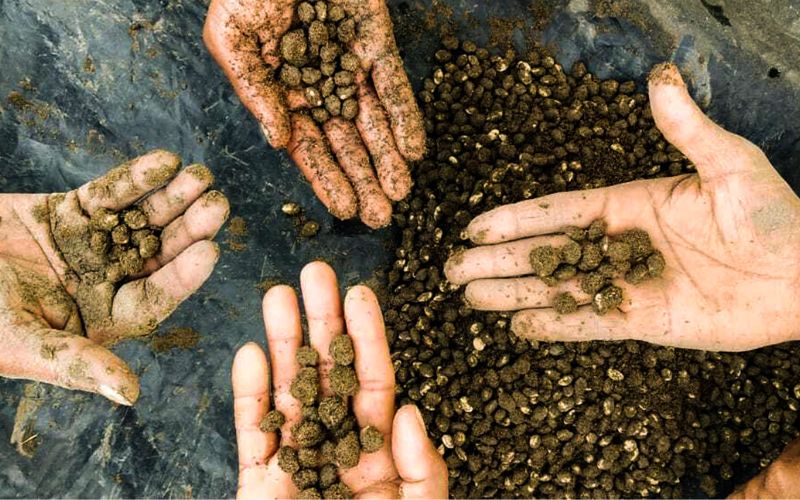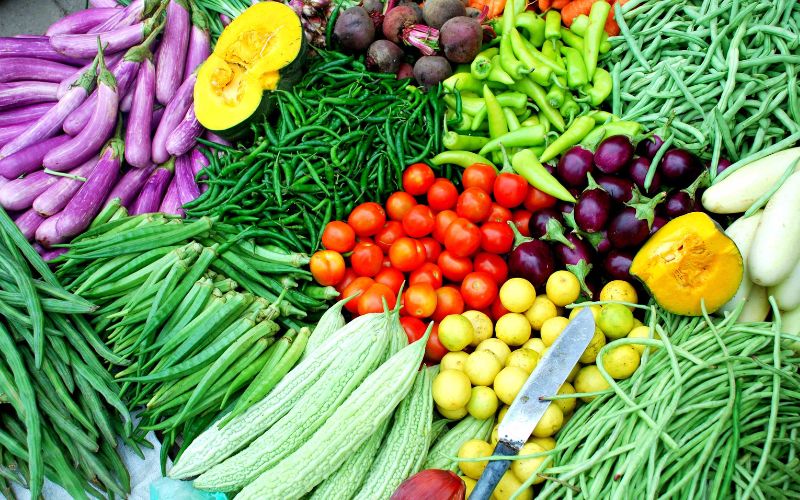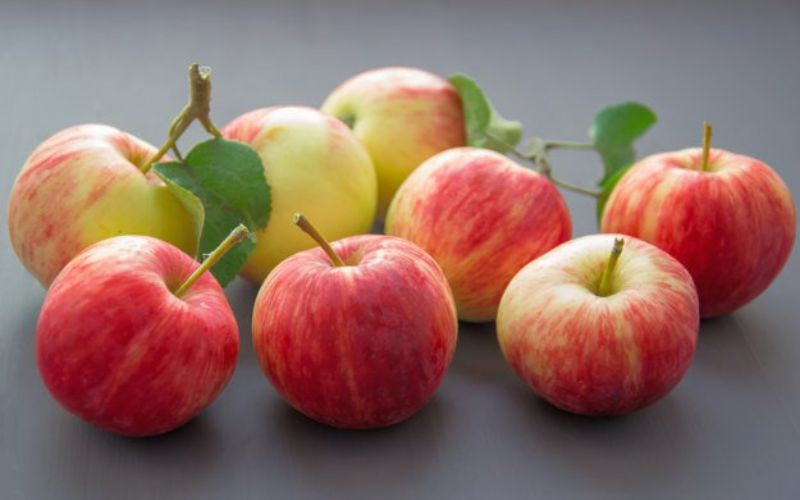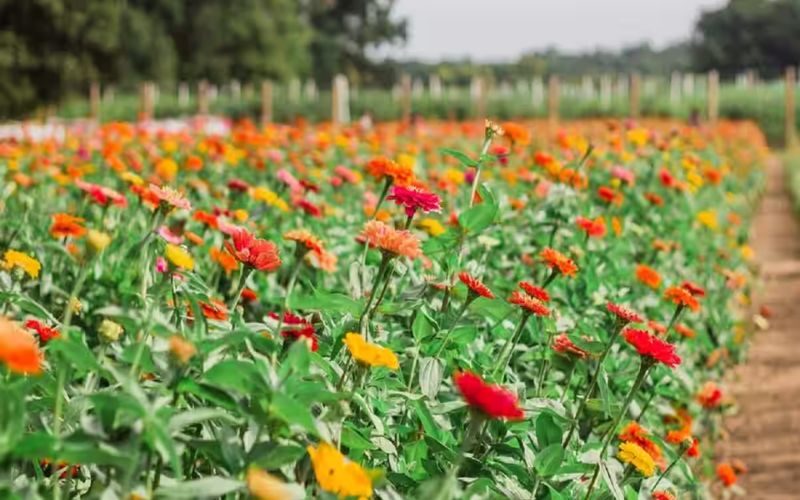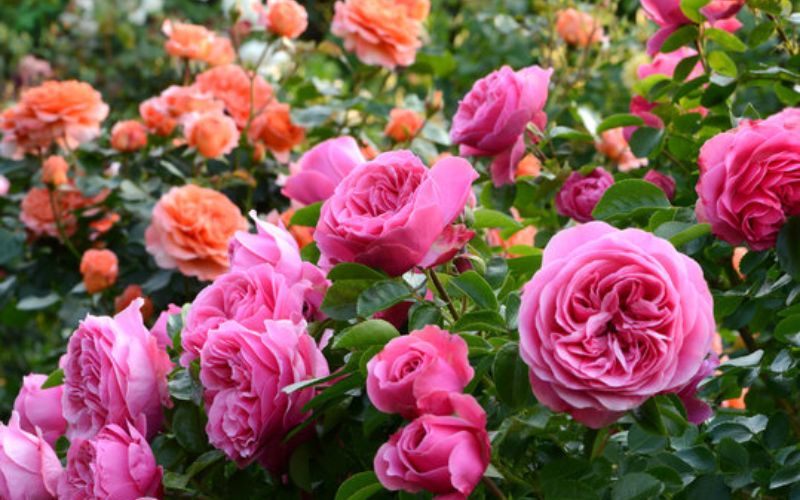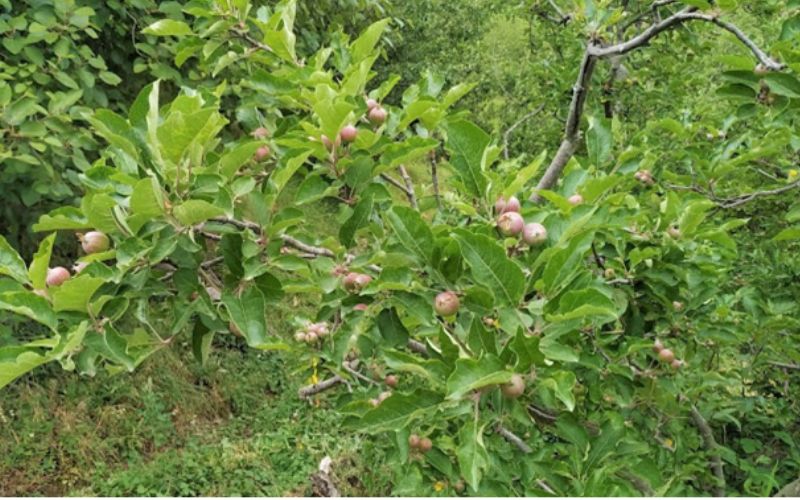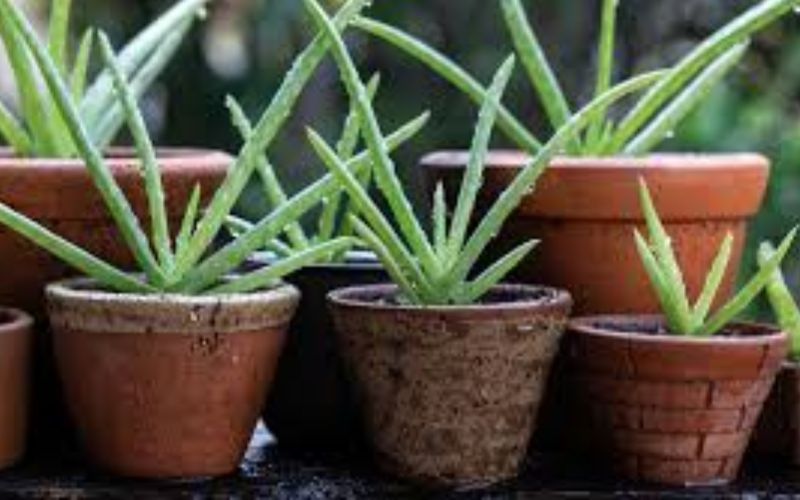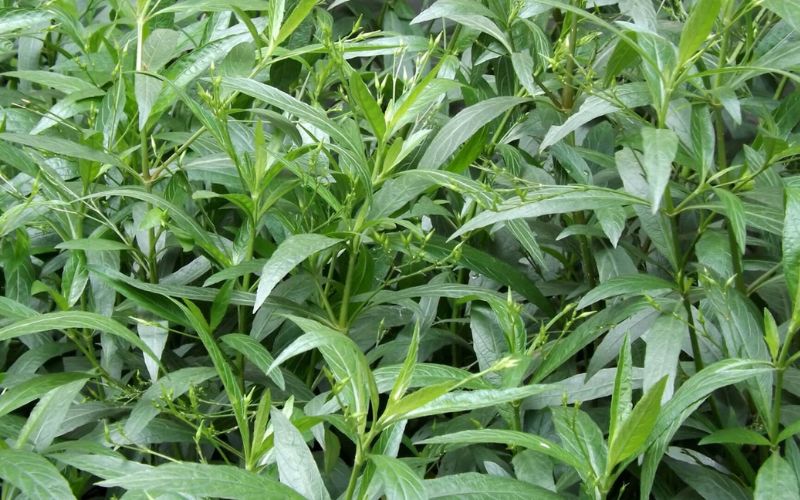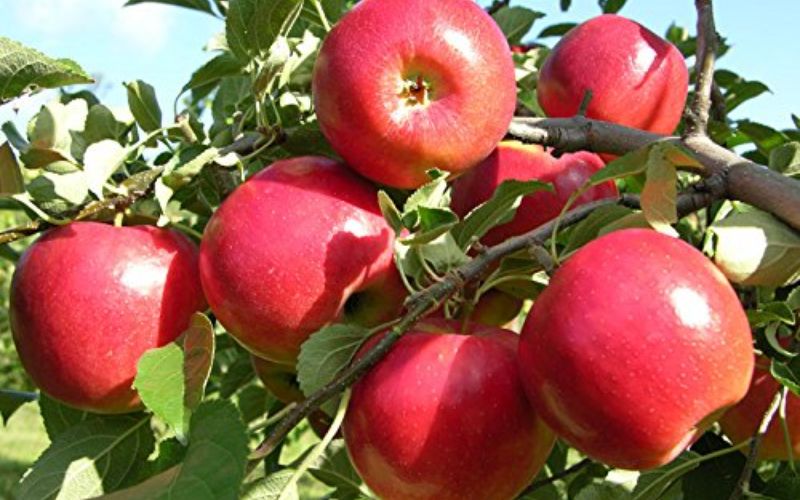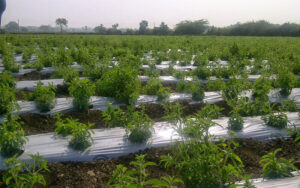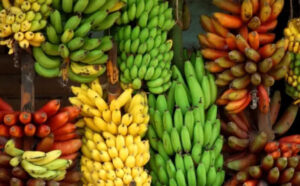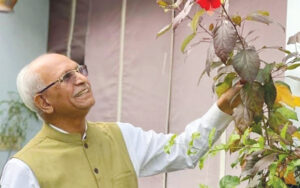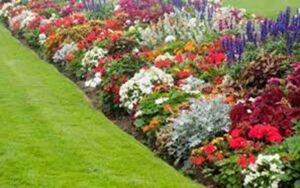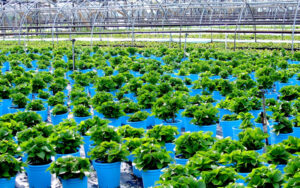Mulch : Importance and role in commercial flower production
Piyush Singh
P.hD. Scholar, Department of Floriculture & Landscape Architecture,
BUAT, Banda -210001
Amit Kumar Maurya
PG Scholar, Department of Floriculture & Landscape Architecture,
BUAT, Banda -210001
Abhishek Pratap
P.hD. Scholar, Department of Fruit Science, BUAT,
Banda -210001
Mulching is a water and soil conservation practice in agriculture. Large amount of water is lost through a human carelessness, as one example is using huge amount of water, excess water application. Mulching is a soil and water conserving practice which helps in weed management with the help of soil solarisation process in which a mulching material is spread around the plant. It has various advantages as it will helps in retaining soil moisture, enhancing structure of soil and prevents plants from weed growth. Mulching proves to be beneficial for reducing soil erosion, maintaining soil structure and increasing the soil temperature. It increasing soil fertility status and decrease incidence of pest and disease.
Introduction
The word mulch has been probably derived from the German word “molsch” meaning very soft to decay, which refers to the use of straw and plant leaves spreading on the ground as used as mulch. The mulch material commonly used in the orchards is paddy straw, saw dust, hay, plastic mulch and rubber mulch. Mulching decreases the deterioration of land by protecting the soil loss, soil deterioration, runoff, helps in checking water evaporation and decreasing weed growth. So, it will help in facilitating more with holding capacity of water and helps in regulating fluctuation of high temperature, improving the biological and physico-chemical attribute of soil, so it increases the yield, quality and growth of crops by adding nutrients to the soil. In addition to increasing nutrients to soil it has been found that mulching enhances the yield by 50-60 per cent as compare to no mulching under rainfed situations. stated that regularly utilization of organic mulching. Diurnal soil temperature is moderated by the organic mulches. The application of polythene mulch is beneficial in rising temperature of soil, conservation of water, controlling of weeds. Most commonly used mulch is black plastic mulch used worldwide.
Types of Mulching
Mulching are classified into two types organic and Inorganic mulching.
Organic Mulches
Organic mulches include the living product as the tree bark, grass, wood chips, hay those products which decayed. The organic mulches improve the soil quality and help to contain high nutrients. This type of mulching help to increase the nutrient capacity in soil and to improve quality. The leguminous plants are living mulches which are planted around the main crop and these crops are environmentally friendly then other inorganic mulches.
Inorganic Mulches
These types of mulches are non-organic products incorporated to the soil surface such as recycled rubber, rock, stone, fabric and plastics. The inorganic mulches does not break easily and they are taken out after each growing season when reused in field or garden.
Mulch Materials and Its Importance in Flower crops Production
A. Organic Mulching Material
Dry leaves: Dry leaves are good for plants in winter as they keep the plant warm and dry during dormant period but the dry leaves may be easily blown away by the light wind. To protect them for blown it will require anchoring with chipped bark, stones and covering with sheet or net.
Composts: Compost helps in reduction of growing of plant diseases and help to control weed problems. It is prepared by recycling the organic material and it helps in decomposition of plant. High water efficiency is found in compost mulch by basil.
Straw: Straw had low effect on soil before decomposition but it makes soil more fertile after decomposition. Straw mulch has a long life in comparison to other organic mulches.
Sod mulch: In the sod mulch the vegetation is cut frequently in the field and cutted material is put into to remain on ground.
B. Inorganic Mulching Materials
Plastic mulching: In plastic mulching sheets are spread over the seed bed as it will provides increase in warmth for germination and helps in growing of seedlings. The use of plastic mulch material will allow the sunlight to heat the soil, helps in growth stimulation and early yield. The opaque sheets as black polythene sheet helps in minimizing weed growth, as weeds received less light while germination while seeds receive full light. A technique namely soil solarization heat soil to high temperature using clear plastic mulch to kill the soil born pathogens. It has been found by many workers that instead of bare soil black plastic mulch recorded high yield in many crops.
Rock and gravel: In the winter or cooler regions the heat retained by rocks may increase the growing season. Crushed rock can be an ideal solution for paths, parking area, weed and other uses. Rock and gravel are used mostly in landscape gardening.
Rubber mulch: The rubber mulches are made from recycled tire rubber. It is advantageous for increasing soil moisture, decreasing weeds growth, and becomes a weed barrier, as weed seeds dehydrate in the mulch before reaching the soil. It is used in garden and landscaping and is a dust reducing.
Importance of mulching
Soil Moisture Retention: Mulch helps to conserve soil moisture by reducing water evaporation from the soil surface. This is particularly beneficial for flowers that require consistent soil moisture, such as hydrangeas, impatiens, and begonias.
Weed Suppression: Mulch acts as a barrier to weed growth by preventing weed seeds from making contact with the soil and blocking sunlight that weeds need to grow. This reduces competition for water, nutrients, and space and helps flowers to grow without interference.
Temperature Regulation: Mulch moderates soil temperature by providing insulation. In hot climates, it can keep the soil cooler, which is beneficial for flowers like roses and lilies, which may otherwise suffer from heat stress. In cooler climates, mulch can help to maintain more stable soil temperatures, protecting against frost and cold damage.
Soil Erosion Prevention: Mulch can help to prevent soil erosion, which is important for flowers that have shallow root systems and are vulnerable to soil erosion, such as annuals and some perennial flowers.
Disease Prevention: Certain mulch materials, such as organic mulches (e.g., straw or wood chips), can help reduce soil-borne diseases by acting as a barrier between the soil and the plant. This is particularly beneficial for susceptible flowers like peonies and phlox.
Nutrient Retention: Organic mulches break down over time, enriching the soil with organic matter as they decompose. This can improve soil structure and nutrient content, benefitting most flower crops.
Aesthetic Enhancement: Mulch can improve the visual appeal of flower beds and gardens by providing a neat and uniform appearance. This can enhance the overall beauty of the flower garden.
Soil pH Modification: Some types of mulch, like pine needles or oak leaves, can slowly acidify the soil over time, which is beneficial for acid-loving flowers such as azaleas and rhododendrons.
Reduced Soil Compaction: Mulch can help reduce soil compaction, which is beneficial for flowers with delicate root systems that are sensitive to compacted soil.
Improved Root Health: Mulch can protect flower roots from extreme temperature fluctuations and reduce root stress, resulting in healthier and more vigorous plants.
Effect of Mulching on Different Flower crops
Mulching is an important practice to get a higher profit from crops and results in higher yield. The mulching practice in flower crops impart many numerous profitable effects, like as stabilization of temperature, reduced the loss of water by evaporation, save more soil moisture, soil fertility maintenance, weed growth suppression, enhancement in yield and growth, diminishes wind or water erosion.
Mulching in marigold
In recent study have found that applying mulch to marigold field increase nutrient uptake, plant hight, early initiation of flowering, more vegetative growth. Marigold field use different type of mulches but silver coated black mulch is the best among all mulches.
Mulching in rose
Rose is an perennial shrubby plant, Mulches can be used for a long time in the field of rose. In vegetative and floral characteristics of rose can be improved with the use of polythene mulches. In several experiment it was recorded that maximum vase life with more water uptake.
Mulching in gladiolus
Gladiolus is a prominent choice for commercial cut flower cultivation in India. Among the challenges faced in gladiolus farming, weed growth stands out as a primary culprit leading to decreased yields and providing a haven for pests and diseases, thereby impacting crop growth and quality. Notably, black polythene mulch has proven to be the most effective in retaining moisture compared to other mulching methods and unmulched treatments.
Mulching in tuberose
Mulch treatment give the better plant shoot growth, flower performance in some characters namely stalk length and diameter of stalk, length and diameter of rachis and number of flower/rachis; and yield harvest of tuberose than without mulch treatment on both Dian Arum and Roro Anteng varieties Mulch treatment also declined the damage intensity of the mealy bug by only 15.21%, compared to without mulch by 22.17%.
The use of mulch could reduce the weeding cost up to 66.67% and the total production cost 20.86% compared to without mulch.
Mulching in chrysanthemum
Chrysanthemums, short-day herbaceous perennials in the Asteraceae family, are popularly grown for cut flowers. Water scarcity and weed growth pose significant challenges for successful chrysanthemum cultivation. To ensure proper nutrient uptake, moisture conservation techniques are crucial for maintaining soil moisture and aeration. Mulching is an effective method to preserve moisture, regulate soil temperature, supply nutrients, reduce erosion, inhibit weed growth, and enhance soil quality, fostering favorable conditions for plant growth and efficient crop production.
Mulching in gerbera
Gerbera (Gerbera jamesonii Bolus), a herbaceous perennial with daisy-like flowers in the Asteraceae family, benefits from moisture conservation techniques, particularly mulching. Mulching acts as an insulating barrier, reducing soil surface evaporation and maintaining moisture while regulating temperature fluctuations. It also improves physical, chemical and biological properties of soil and ultimately enhances the growth and yield of the crop.
Conclusion
Mulching is a excellent technique in horticulture which is advantageous to increasing the growth and quality of production of flower crops. Mulching is a process which helps in producing good quality flowers. In future, farmers will make use of this innovative technique which help to conserve moisture, control weed growth and will help to improve soil health. n
References
Mazed, H. E. M. K., Pulok, M. A. I., Kundu, B., Partho, S. G., & Ahammed, M. (2015). Growth and yield of tuberose as influenced by different levels of nutrient sources and mulching materials. Inter J Applied Res1, 207-211.
Salma, Z. E. H. R. A., Kumar, K. S., & Ahalawat, P. V. (2016). Effect of mulching and irrigation methods on weed growth and soil moisture percentage in gladiolus. International Journal of Agricultural Science and Research, 6(4), 75-80.
Sarmah, D., Mahanta, P., Talukdar, M. C., & Das, R. (2014). Effect of mulching on growth and flowering of gerbera (Gerbera jamesonii Bolus) cv. Red Gem under Assam Condition. Research on Crops, 15(1), 211-214.
Thakur, M., Bhatt, V., & Kumar, R. (2019). Effect of shade level and mulch type on growth, yield and essential oil composition of damask rose (Rosa damascena Mill.) under mid hill conditions of Western Himalayas. PloS one, 14(4), e0214672.
VAMAJA, S., BHATT, D., BHATT, T., CHAWLA, S., PATEL, M., & PATEL, S. (2021). Effect of mulching on growth, flowering and yield of chrysanthemum (Chrysanthemum morifolium Ramat.) cv. Ratlam Selection. Journal of Crop and Weed, 17(3), 233-236.
Wagan, M. A., Magsi, H. A., Miano, T. F., Abro, M. Z. A., Ahme, L. S., Teevno, T. H., & Wagan, F. A. (2022). Effect of Various/Different Mulches on Flowering Characters of Marigold (Tagetes erecta L.). European Journal of Biophysics, 10(1), 7-11.


